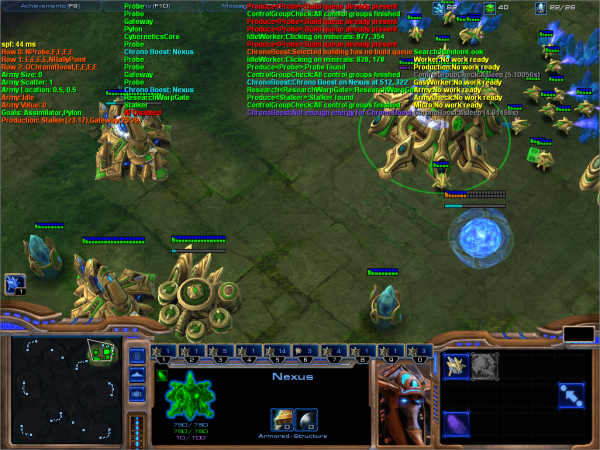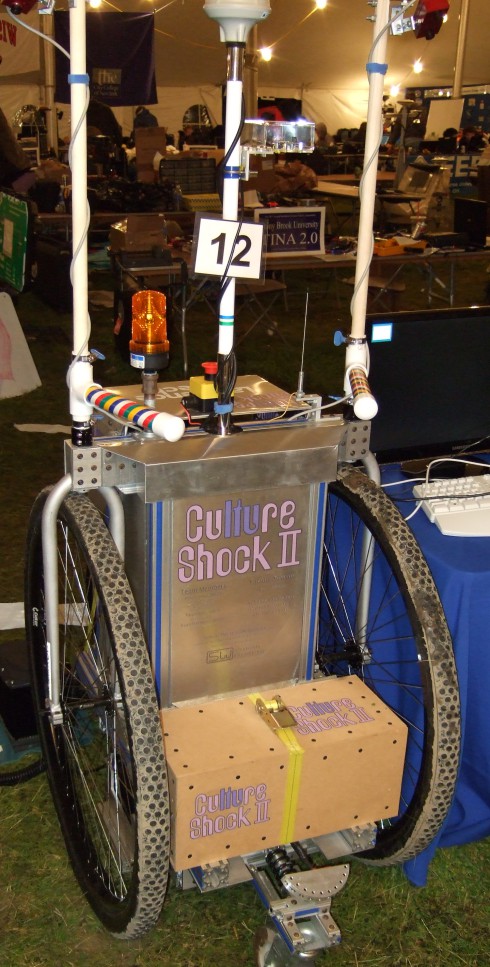There was a discussion in the comments when the Alpha Go results were released. Some commentors were postulating that AI researchers are discounting more fluid games such as the RTS StarCraft.
The comments then devolved into a discussion of what would make the AI fair to consider against a human player. Many times, AI in RTS games win because they have direct access to the variables in the game. Rather than physically looking at the small area of the screen where a unit is located and then moving their eye to take in strategic information like exact location, health, unit level, etc, the AI just knows that it’s at 120x,2000y,76%,lvl5, etc instantly. The AI also has no click lag as it gets direct access to the game’s API, it simply changes the variables and action queue of a unit directly.
So we were interested to see [Matt]’s Star Craft AI that required the computer to actually look at the game board and click. [Matt]’s AI doesn’t see using OpenCV, which in its own way is forcing the computer to look in a way that’s unnatural to it. He instead wrote some code to intercept the behind the scenes calls to the DirectX library.
The computer is then able to make determinations about what it is looking at using the texture information and other pieces sent to the library. Unlike AI’s that get a direct look at the variables, it has to then translate this and keep its own mental picture of the map and the situation. If a building is destroyed, for example, it has to go over and look at that part of the map, test what it’s seeing against a control, and then remove the building from its list.
The AI’s one big advantage are its robot fingers. Even though this AI has to click on the interface, it doesn’t do it with a weak articulated fleshy nub like the rest of us. This allows the AI to get crazy Actions Per Minute (APM) in the range of 500 to 2000.
The AI has only been tested against StarCraft’s built in cheater bots. So far it can win most games against the hard level bots. If you want to see a video of what the AI is looking at, check after the break.
Continue reading “Impressive StarCraft 2 AI More Fair To Fleshy Opponents” →














